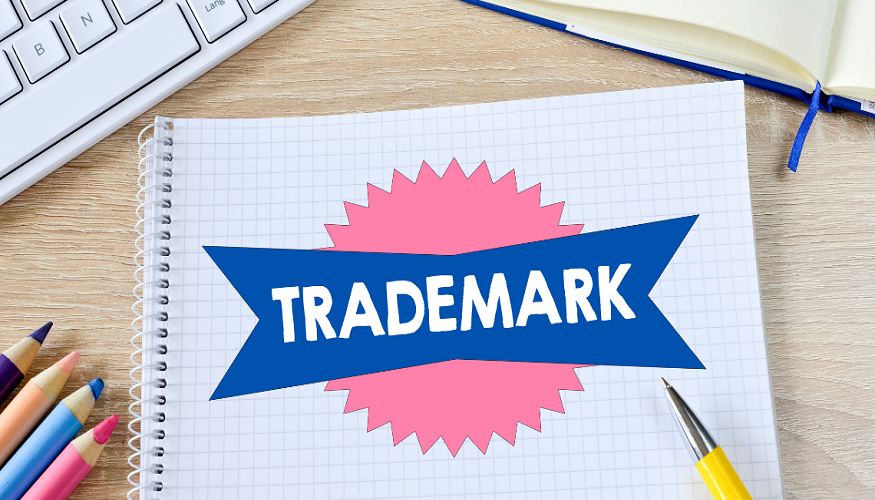A design trademark is a type of trademarking slogans that protects the visual design or appearance of a product. It can protect any product, including clothing, furniture and even buildings. Suppose you own a business that sells products with unique designs. In that case, it’s essential to understand how design trademarks from registered trademarks worldwide can help protect your brand identity from imitators and counterfeiters.
Protection against copyright and trademark
A design trademark is a powerful tool and can be used to protect your brand from copyright and trademark infringement, as well as against the use of your brand name or logo. A design trademark also protects the look and feel of your website, including its layout, colour scheme and content.
A design trademark can be used to protect the look and feel of your website, including its layout, colour scheme and content. A design trademark is also a powerful tool for protecting your brand from copyright and trademark infringement.
Preventing counterfeiting
If you’re worried about counterfeit products, design trademark can help. The visual recognition of a design trademark offers a powerful deterrent to potential counterfeiters and helps your business identify suspect goods before they reach the market.
This is especially important if you sell easily faked products, such as clothing and accessories. If your trademark is registered, it will be much easier to prove that counterfeit products are infringing on your rights.
Protecting your brand identity
A registered design trademark is a great way to protect the visual aspects of your brand, including logos, slogans and names. It also provides legal protection for the shape or configuration of specific products, such as packaging or containers.
The advantage of a registered design trademark is that it’s harder to copy or imitate than an unregistered one. If a competitor tries to use the same or similar design for their products, you can take legal action against them.
The disadvantage of a registered design trademark is that it’s more expensive to register and enforce. If you have a small budget and want to spend less on legal protection, then an unregistered design trademark may be better for your purposes.
Easier registration process
You may be asking yourself, “What is the difference between copyrights and trademarks?”
Trademarks are visual images that represent a brand, while copyrights are legal rights to creative works like art or software.
You can register your designs as both trademarks and copyrights. Many companies do so because it gives them more excellent protection against copycats. Suppose another company tries to copy your design without permission in order to sell their products (also called “knockoffs”). In that case, both trademark and copyright laws help protect you from this kind of infringement.
However, it’s important to note that if someone creates a replica of one of your designs without permission, then you have the right to sue for damages under both trademark law and copyright law (if applicable).
Conclusion
There are many benefits to getting a design trademark; for example, it will protect business name, but it is important that you understand what you need before filing your application. You will also need to know if someone else has already registered your design

